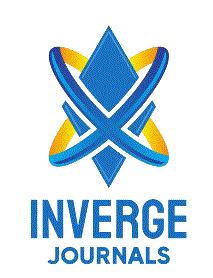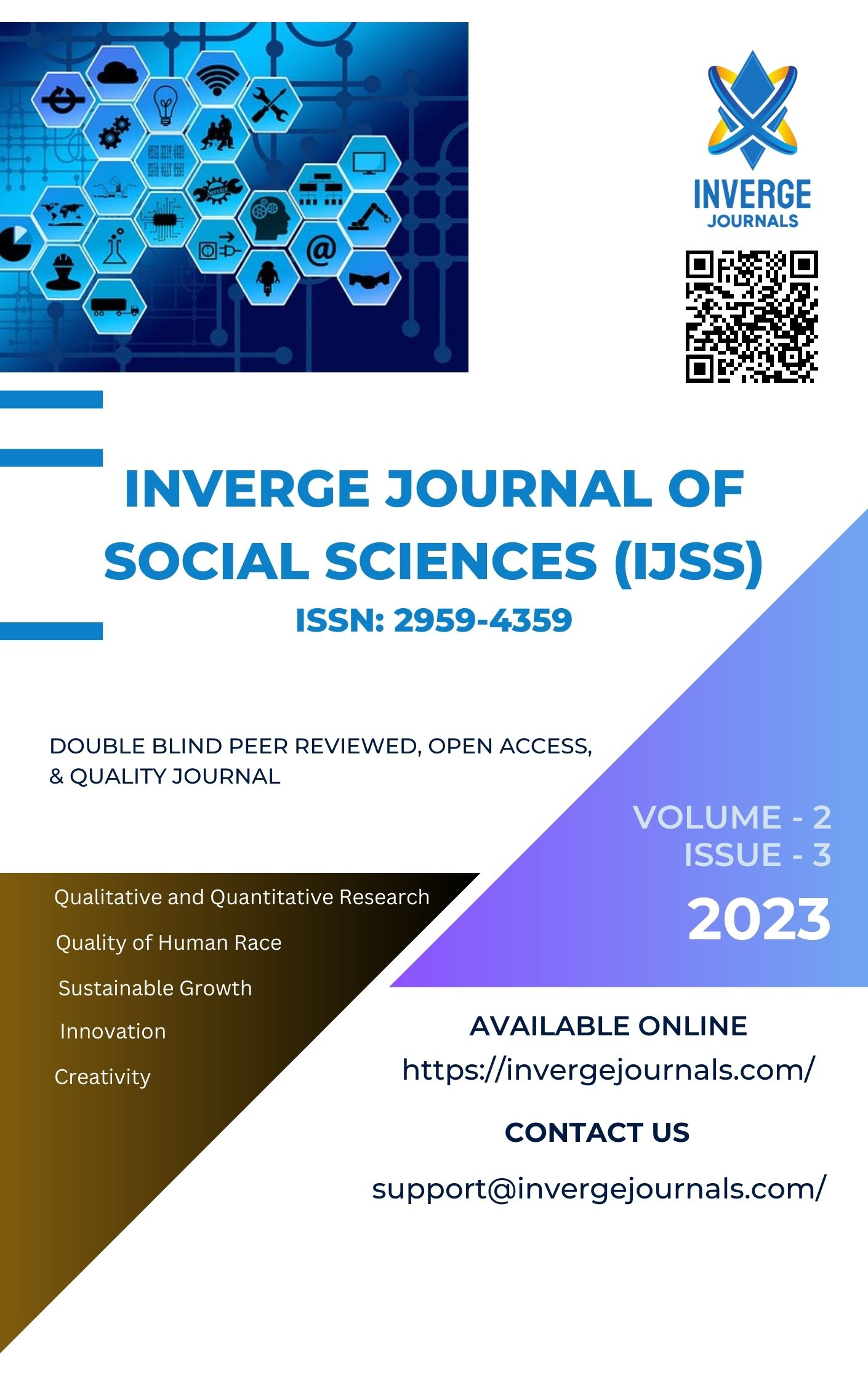Liquidity Traps, Digital Currencies and Inflation Targeting: A Comparative Analysis of Policy Effectiveness in Advanced and Emerging Economies
DOI:
https://doi.org/10.63544/ijss.v2i3.115Keywords:
Central Bank Digital Currencies, Inflation targeting, Financial literacy, Federal Reserve, Liquidity traps, U.S. monetary policyAbstract
This research investigates how the evolving challenges and opportunities of implementing United States (US) monetary policy, especially liquidity traps, digital currency, and inflation targeting, have changed since the 1930s. A case of public perceptions of the Federal Reserve’s policy effectiveness and the adjustment of Central Bank Digital Currencies (CBDCs) to key macroeconomic issues like liquidity management and inflation control is studied. Data was collected using a quantitative survey-based approach from a diverse sample of US residents regarding their views on the pervasiveness of liquidity traps and support for possible modifications of the inflation-targeting framework to improve the operational efficacy of interest rate policy in light of the introduction of digital currencies. For assessing the relationships between demographic factors, economic sentiment, financial literacy, and trust in the Federal Reserve, statistical analyses was run: Chi-Square tests, T-tests, ANOVA, and regression models. It suggests substantial support for the adoption of digital currency, but there are still basic issues related to privacy, financial stability, and public acceptance among the general public. The research also finds that new financial innovations require adjustments in the inflation targeting frameworks. The contribution of this study is to the ongoing discussion on how monetary policy can evolve and how it needs to be altered to confront modern economic challenges.
References
Akyüz, Y. (2017). Playing with fire: Deepened financial integration and changing vulnerabilities of the Global South. Oxford University Press.
Asif, M. (2022). Integration of Information Technology in Financial Services and its Adoption by the Financial Sector in Pakistan. Inverge Journal of Social Sciences, 1(2), 23-35.
Auer, R., Frost, J., Gambacorta, L., Monnet, C., Rice, T., & Shin, H. S. (2022). Central bank digital currencies: Motives, economic implications and the research frontier. Annual Review of Economics, 14(1), 697–721. https://doi.org/10.1146/annurev-economics-080921-010153
Benhabib, J., Schmitt-Grohé, S., & Uribe, M. (2002). Avoiding liquidity traps. Journal of Political Economy, 110(3), 535–563. https://doi.org/10.1086/339713
Bernanke, B. S. (2017). Federal reserve policy in an international context. IMF Economic Review, 65(1), 1–32. https://doi.org/10.1057/s41308-016-0018-9
Butt, S., & Umair, T. (2023). Nexus among online banking services, perceived value and consumer’s post-adoption behaviour. Journal of Asian Development Studies, 12(4), 1016–1032.
Butt, S., & Yazdani, N. (2023). Relationship between execution of quality management practices and firm’s innovation performance: A review of literature. Journal of Asian Development Studies, 12(3), 432–451.
Das, R., Chandan, H., & Das, M. K. (2022). Is digital money an alternative to conventional money in the Asian emerging economy context of the pandemic? In Digital transformation management (pp. 57–72). Routledge.
De la Torre, A., & Schmukler, S. L. (2007). Emerging capital markets and globalization: The Latin American experience. Stanford University Press.
Duarte, C. B. (2019). Unconventional monetary policies: Past, present and future (Doctoral dissertation). Université Sorbonne Paris Cité; Universidade Federal do Rio de Janeiro. Instituto de Economia.
Fakieh, R. A. (2018). Inflation and exchange rate policies in Saudi Arabia: An inflation targeting perspective (Doctoral dissertation). Manchester Metropolitan University.
Goncalves, M., Alves, J., Frota, C., Xia, H., & Arcot, R. V. (2014). Advanced economies and emerging markets: Prospects for globalization. Business Expert Press.
Heise, M. (2019). Inflation targeting and financial stability. Springer International Publishing.
Jiang, S., Qiu, S., & Zhou, H. (2022). Will digital financial development affect the effectiveness of monetary policy in emerging market countries? Economic Research-Ekonomska Istraživanja, 35(1), 3437–3472. https://doi.org/10.1080/1331677X.2021.2006777
Kaseeram, I. (2012). Essays on the impact of inflation targeting in South Africa (Doctoral dissertation).
Kokores, I. T. (2023). Looking to the future: Monetary policy in uncharted waters. In Monetary policy in interdependent economies: The task ahead (pp. 217–250). Springer Nature Switzerland.
Lombardi, D., Siklos, P., & St. Amand, S. (2019). A survey of the international evidence and lessons learned about unconventional monetary policies: Is a ‘new normal’ in our future? Contemporary Topics in Finance: A Collection of Literature Surveys, 11–40.
Marsh, L. C. (n.d.). New digital currency (CBDC) monetary policy tool to stop inflation without causing a recession.
Nandakumar, G. S. (2022). The political economy of global private currencies.
Prasad, E. (2018). Central banking in a digital age: Stock-taking and preliminary thoughts. Hutchins Center on Fiscal & Monetary Policy at Brookings.
Prasad, E. (2019). New and evolving financial technologies implications for monetary policy and financial stability in Latin America (No. 019449).
Ryan-Collins, J., Kedward, K., & Chenet, H. (2023). Monetary-fiscal policy coordination: Lessons from Covid-19 for the climate and biodiversity emergencies.
Sastry, V. V. L. N. (2020). Pump priming and its impact on inflation and currency: A study of China, India and the USA. Idea Publishing.
Stanley, L. (2017). Emerging market economies and financial globalization: Argentina, Brazil, China, India and South Korea. Anthem Press.
Zafar, A. (2023). Emerging markets in a world of chaos. Springer Books.
Downloads
Published
How to Cite
Issue
Section
Categories
License
Copyright (c) 2023 Muhammad Rafiuddin Haque , Md Imran Hossain, Rokeya Begum Ankhi , Araf Nishan, Umma Twaha

This work is licensed under a Creative Commons Attribution-NonCommercial-ShareAlike 4.0 International License.
The work is concurrently licensed under a Creative Commons Attribution-NonCommercial-ShareAlike 4.0 International License, which permits others to share the work with an acknowledgement of the authorship and the work's original publication in this journal, while the authors retain copyright and grant the journal the right of first publication.









